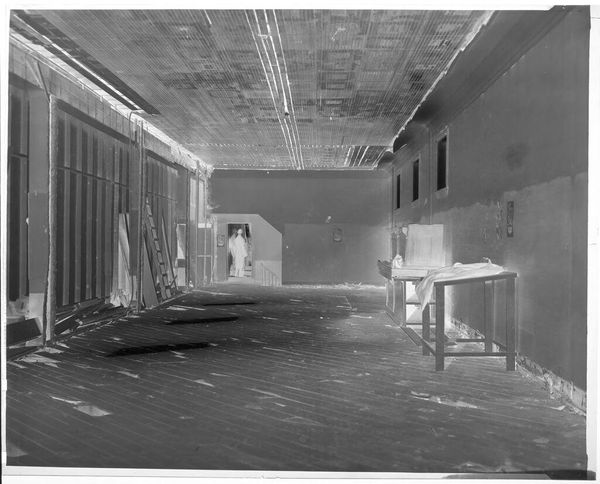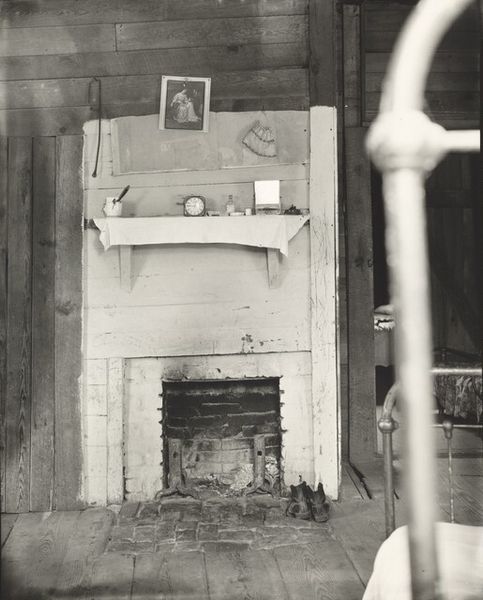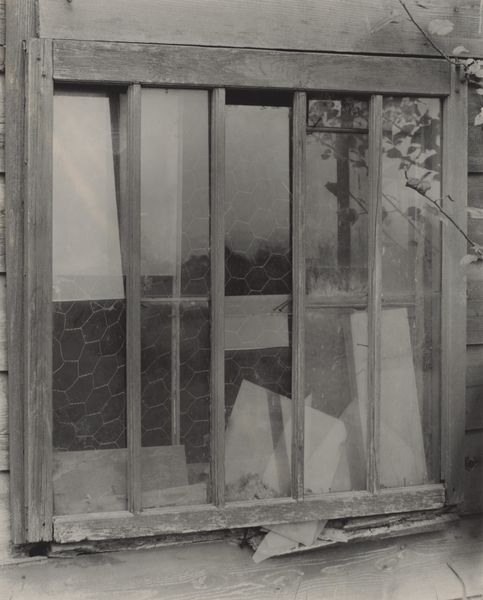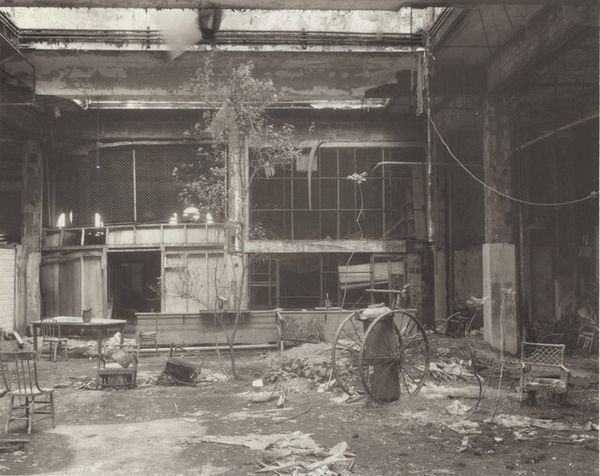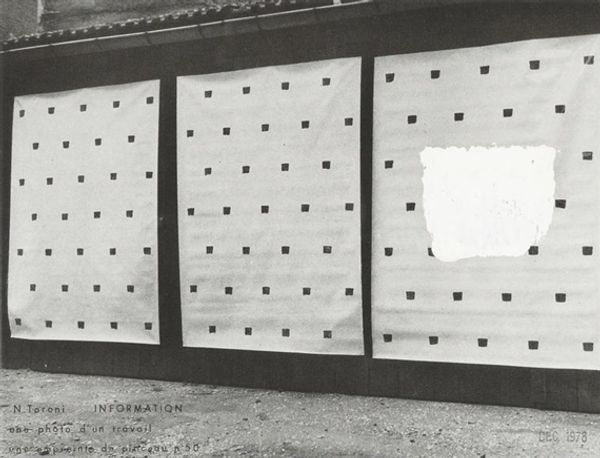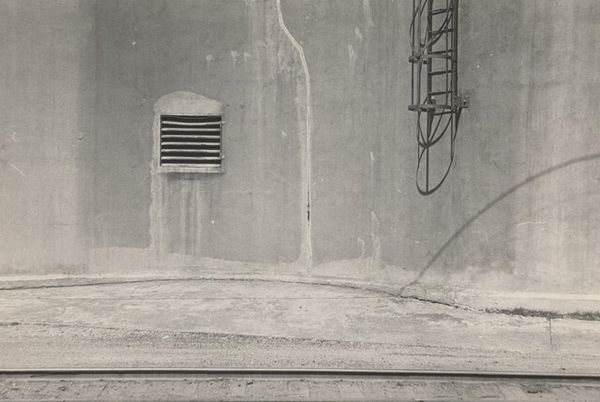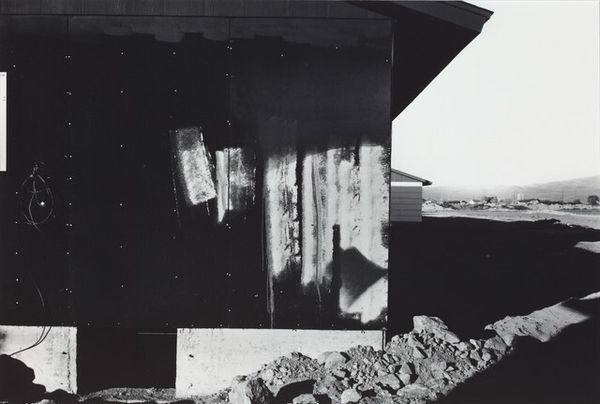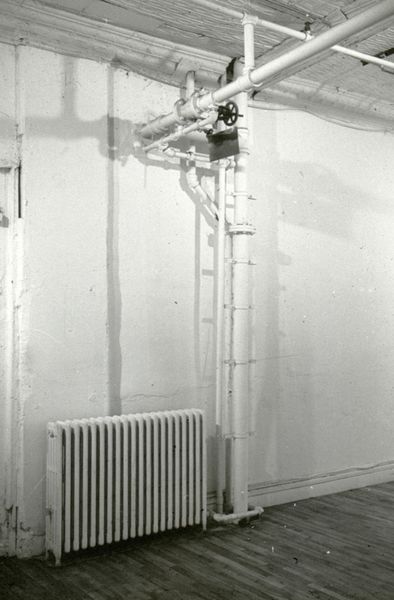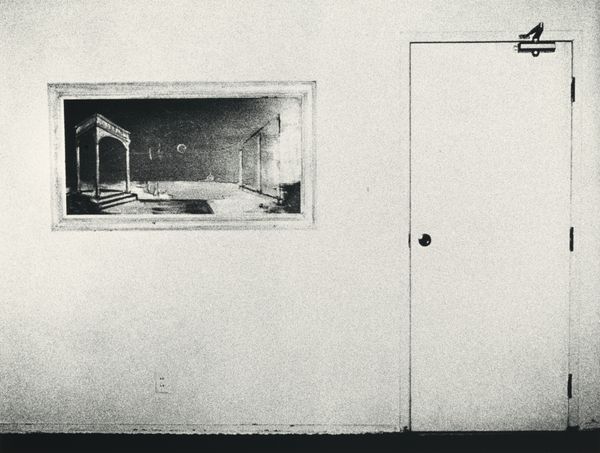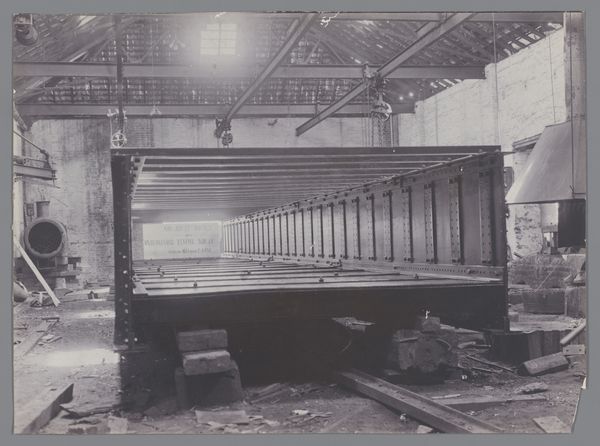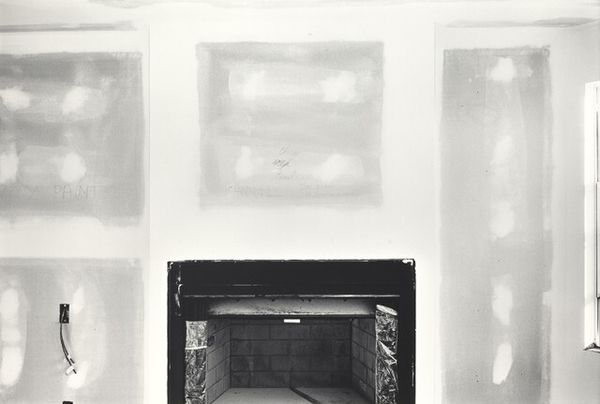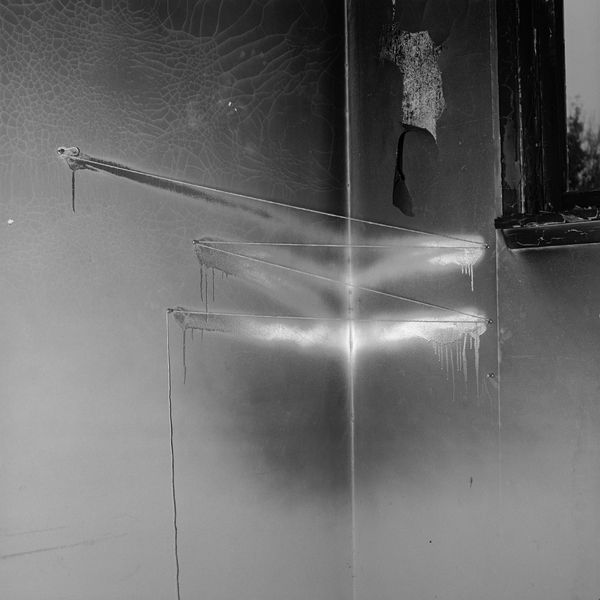
photography
#
photorealism
#
conceptual-art
#
landscape
#
photography
#
geometric
#
modernism
#
monochrome
Dimensions: sheet: 20.2 x 25.3 cm (7 15/16 x 9 15/16 in.)
Copyright: National Gallery of Art: CC0 1.0
Curator: Looking at this stark black and white photograph, one senses a quiet emptiness. Editor: This is "Park City 68" by Lewis Baltz, created in 1979. Baltz, a key figure in the New Topographics movement, presents a photographic style emphasizing detached observation of the modern landscape. Curator: Detached indeed. It's almost clinical, isn't it? The geometric composition, the flatness… the monochromatic palette forces the viewer to engage with the forms themselves, and the contrasts created by shadow. It speaks to semiotic explorations around structural forms, almost begging us to look beyond its literal representation. Editor: And the literal representation is compelling in itself. The image is part of a larger series examining the urban sprawl and rapid development in Park City, Utah. Baltz was very interested in exploring how land speculation and real estate development was affecting these communities, particularly how wealth accumulation literally reshapes spaces for people. The photograph reveals an unfinished interior space, covered in plastic, suggesting both progress and a kind of sterile anticipation. Curator: That's a pertinent point about sterile anticipation. Considering Baltz’s photographic strategy here, you begin to realize it’s devoid of human presence and how it forces us to analyze the architecture itself, reduced to its basic structure. The bare studs, the insulation...they all constitute elements in a language of building. Editor: He offers an unsettling commentary on the architecture of capitalism. These raw spaces awaiting completion symbolize perhaps, not just the physical construction of a place, but a kind of social construction as well, the forces molding communities around economic interests. One might ponder the ethical implications embedded within such relentless development, given the historical context of Park City as a site undergoing immense change at the time. Curator: The use of light is critical here. The soft gradients illuminating the stark forms amplify the sense of emptiness while providing definition. The interplay emphasizes an essential feature of formalism itself. The subject is there, but perhaps as just a pretext. Editor: True, but Baltz challenges us to not let aesthetics alone guide our understanding of his artwork, but understand also the role that this bare room represents in a broader socioeconomic setting. He understood how images could function politically and culturally to influence change, both on small and grand scales. Curator: Agreed, it’s hard to deny that there's more here than initially meets the eye. Editor: Definitely something to consider further, indeed.
Comments
No comments
Be the first to comment and join the conversation on the ultimate creative platform.
